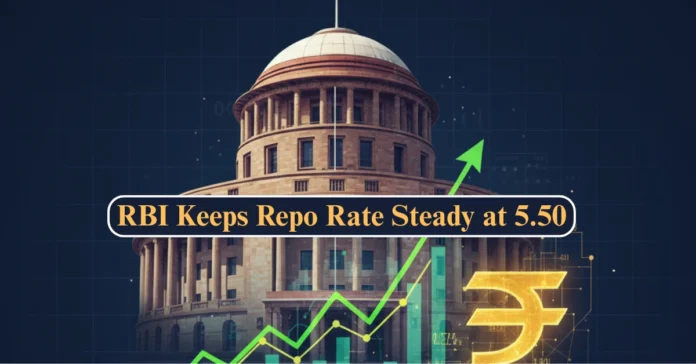What Is the Repo Rate & Why It Matters
The repo rate is the interest rate at which the RBI lends to commercial banks. It’s a key policy tool — changes here ripple into loan rates, deposits, and borrowing costs.
A lower repo rate encourages borrowing and spending; a higher one helps cool inflation.
The Latest Decision: Repo Rate at 5.50%
In its most recent meeting, the RBI’s Monetary Policy Committee decided to keep the repo rate at 5.50%. This follows cuts earlier in the year.
• The decision signals caution — the RBI is watching inflation and growth.
• By not raising rates, it gives breathing space to borrowers and businesses.
Also Read ➜ How to Wish Dussehra Wishes – Simple & Unique Ideas
Impact on Borrowers & Loans
• Home Loans / EMIs: No sudden increase — existing floating contracts remain stable.
• New Loans: Banks may keep lending rates steady for now.
• Future Risk: If inflation rises, rate hikes can’t be ruled out.
• Borrowers should watch whether their loan is repo-linked — those will adjust based on future policy.
Markets & Economic Effects
• Stocks & Bonds: Stability likely greeted with relief — markets prefer predictability.
• Business Investments: Easier credit makes expansion more viable.
• Consumer Spending: With EMIs intact, discretionary spending pressure is removed temporarily.
However, external factors — oil prices, global monetary shifts, supply pressures — could force RBI’s hand later.
Conclusion
With the repo rate held at 5.50%, the RBI is playing it safe. Borrowers get short-term relief, but future economic pressures could push rates again. This is a time for vigilance — monitor inflation trends, loan contracts, and macro shifts.
👉 Stay updated with ViralMyth — We’ll bring you quick alerts on RBI decisions, rate changes, and what they mean for your wallet.

